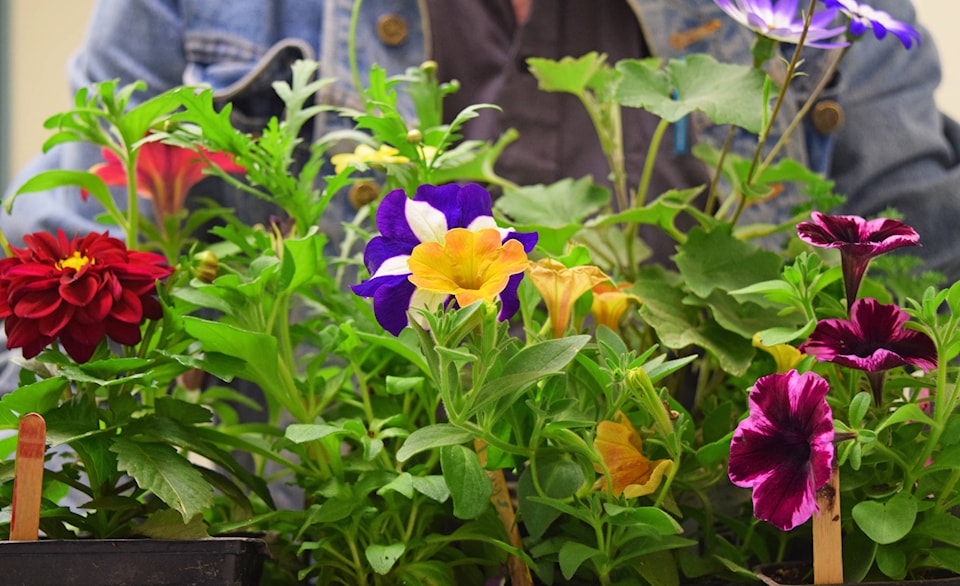A while back Jim Fowler bought a pie from a retail grocery store.
It looked good and the expiry date checked out, but when he got home and opened it, he noticed the turnover had been taken over.
“All they did was restamp the best before date, [I] got it home [and there was] mold on it.”
Recently re-elected to his second term as the sole northern member on the BC Association of Farmers’ Markets (BCAFM), Fowler has taken it upon himself to advocate for a part of the province that previously did not have any representation on the board.
“[Many] people think the world stops past Hope in B.C.,” he said.
READ MORE: Bulkley Valley Farmers’ Market looks forward to upcoming 27th season
But while the Lower Mainland might have the largest markets, Fowler says that the BCAFM has the quality goods.
He adds that he feels just because you call something a farmers’ market, it doesn’t make it so, discussing a recent experience he had in California.
“I was in Carlsbad, one of the big supposed farmers’ markets in the world … [as I was] picking up the artisan stuff, ‘made in Italy’.
“That’s not a farmers market — that’s just a craft market.”
Amid the contrasting mist and grey of a late April morning, Fowler discussed the benefits of farmers’ markets in the north.
Smithers’ own Bulkley Valley Farmers’ Market (BVFM) moved back into the sun this weekend to its Hwy. 16 and Main street location, where it will stay until it moves back indoors in late fall.
He says that, in addition to acting as incubators for local entrepreneurs, BCAFM markets provide customers with the peace of mind that they are really getting the product they think they are.
He points to a CBC Marketplace investigation in late 2017 that showed many vendors at farmers’ markets were passing off produce as organic or homegrown when, in many cases, they were neither.
READ MORE: B.C. farmers’ market coupon program to get $750,000 boost
But not if you’re a member of the BCAFM, which has a make, bake or grow policy.
Fowler said that if you don’t qualify, you can’t be part of the organization.
“If you belong to [the BCAFM] … the customer knows that the vendor there produced it themselves.”
Fowler himself got into farmers’ markets almost a decade ago, when his birch syrup business was still in its sapling stages.
Holding up a glossy bottle of the chesnut brown syrup, he explains how you have to boil down birch sap at a 180:1 ratio to get the finished product.
Fowler said that his business is a perfect example of how farmers’ markets benefit local entrepreneurs.
“My wife took a course on [making birch syrup] we tapped two trees so I thought, ‘OK, we’ll tap a few more,’ he said.
But that number continued to rise, and Fowler says he now taps around 80 trees a year.
“When we first went people said, ‘Oh, I’ve had birch syrup, it tasted awful’ but that’s because people don’t realize you [have] a certain narrow window to do it,” he said.
“So we developed the market, people changed and now we’ve got a decent business out of it — that’s what farmers markets can do.”
Fowler said that the BVFM has introduced a program to incentivize new vendors to try out the market.
First-time sellers can receive a discounted stall rate for the first one or two times they are at the market as a way to gauge whether or not it’s right for them and their business.
He said anyone who wants to try their hand at joining the market should come down one weekend and talk to BVFM president Megan D’Arcy.
trevor.hewitt@interior-news.com
Like us on Facebook and follow us on Twitter
